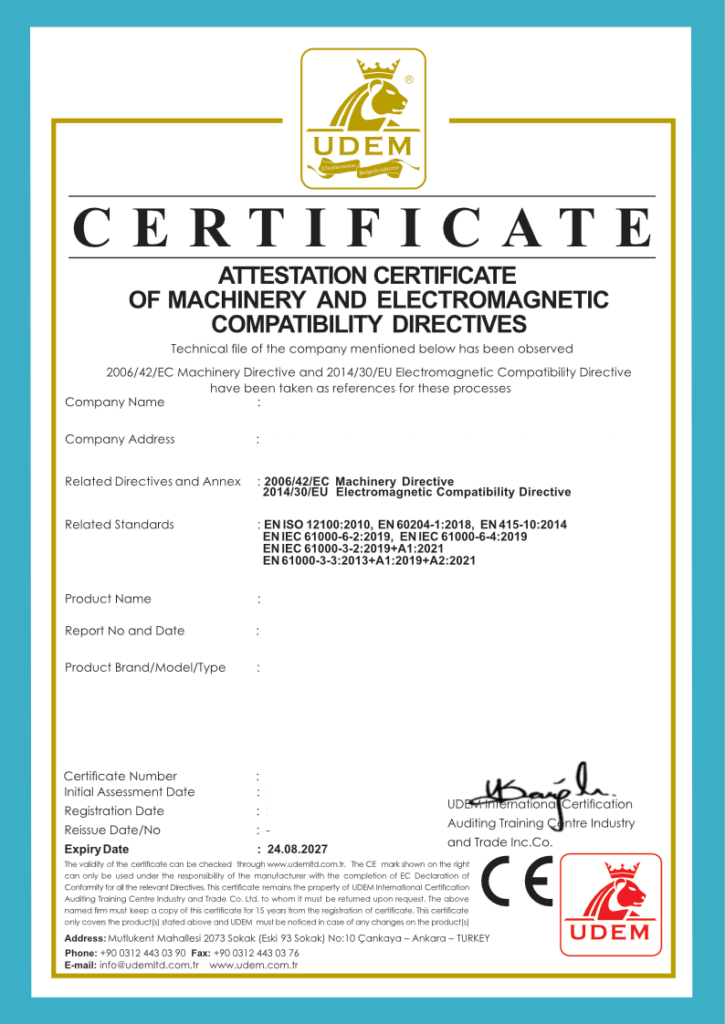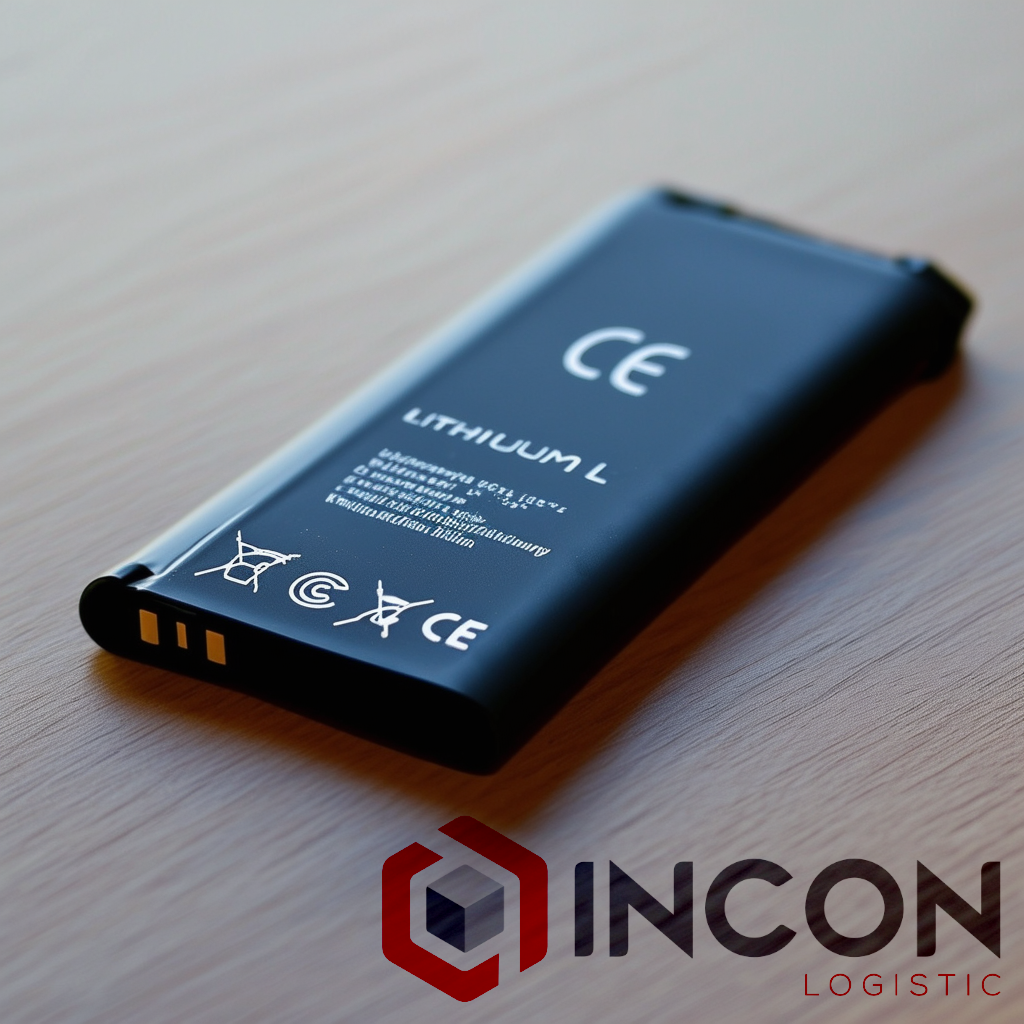Customs clearance is crucial in international trade, as it ensures that imported and exported goods comply with local regulations and standards. During customs management, the compliance of products plays a particularly important role, which is indicated by the CE marking. This marking guarantees that goods meet the safety, health, and environmental requirements of the European Union, making it an essential requirement for successful import and sales in the markets of EU countries.
Good to know
The CE marking is an important regulatory requirement in the European Union, indicating that a product complies with the safety, health, and environmental regulations established by the EU. Manufacturers, distributors, and importers must take responsibility for the compliance of their products, and the CE marking can only be affixed to products that meet the relevant legislation. Additionally, appropriate technical documentation must be prepared for the products, demonstrating their compliance, safety, and reliability.
How can a product obtain CE marking?
Obtaining CE marking generally involves several steps, such as:
Identifying the product’s compliance requirements: The first step is to become familiar with the relevant European legislation and standards.
Preparing technical documentation: A detailed technical documentation of the product must be compiled to demonstrate compliance.
Testing conducted by a third party: For certain products, independent testing may also be necessary to ensure adequate quality.
Affixing the marking to the product: Once the product meets all requirements, the CE marking must be applied to it.
Common Misconceptions about CE Marking:
The CE marking guarantees the highest quality: This is not true. The CE marking certifies compliance, not quality.
All products must have CE marking: The CE marking is only required for specific product categories, so it is important to review whether it is necessary for your own product.
What products have to be marked?
Machines and Equipment: Products such as industrial machines, food industry machinery, and tools that must comply with the Machinery Directive to ensure the safety of users and workers.
Medical Devices: Medical products such as diagnostic instruments, implants, and therapeutic devices that serve to protect patient safety and health.
Toys: The CE marking on toys ensures that they comply with safety regulations, protecting children from potential hazards.
Construction Products: Materials used in construction, such as fire-resistant materials and structural elements, that guarantee the quality and safety of buildings.
Electrical and Electronic Equipment: Products such as household appliances and consumer electronics that must meet safety and functional requirements, such as the Low Voltage Directive.
Thus, the CE marking comprehensively covers a variety of product groups, each subject to different regulations and directives, ensuring that products are not only marketable but also safe for users.
CE Marking in Customs Clearance
If the product does not have the necessary CE marking, customs authorities may detain the goods and prevent their entry into the EU. Such products do not comply with the EU’s safety, health, and environmental requirements, making them potentially hazardous for consumers. In this case, customs warehousing of the goods is necessary, which you can read about in one of our earlier articles.
Therefore, if a product falls under the scope of CE marking, it must comply with the relevant regulations and standards for successful importation. The compliance of the product can be validated with a so-called CE Certificate. This should include the name of the product, its specifications to identify it. Additionally, the CE certificate refers to the EU directives under which the product meets the requirements, as well as the applicable harmonized standards. The details of the certifying organization and the validity of the certificate must also be stated!
It is crucial to check the validity and authenticity of the product’s CE Certificate before procurement! You can do this by visiting the certifying company’s website and checking the “search certificate” section. Unfortunately, there are many abuses of certificates, for example, an invalid, false, or a certificate not corresponding to the ordered product may be sent by the supplier. In such cases, the procurement should be halted. It is best to conduct this verification before the payment or ordering of the product. We protect ourselves from a lot of stress and unpleasant costs when we act with due diligence during the verification.
We will show you an example of what such a document should look like:

During customs clearance, we at INCON pay careful attention to checking all data and information. If you encounter any issues or if you simply want to enjoy the peace of mind that we provide, feel free to contact us! With over 20 years of professional experience in the logistics field, we assist you in ensuring that your ordered goods arrive smoothly at your location!

